News
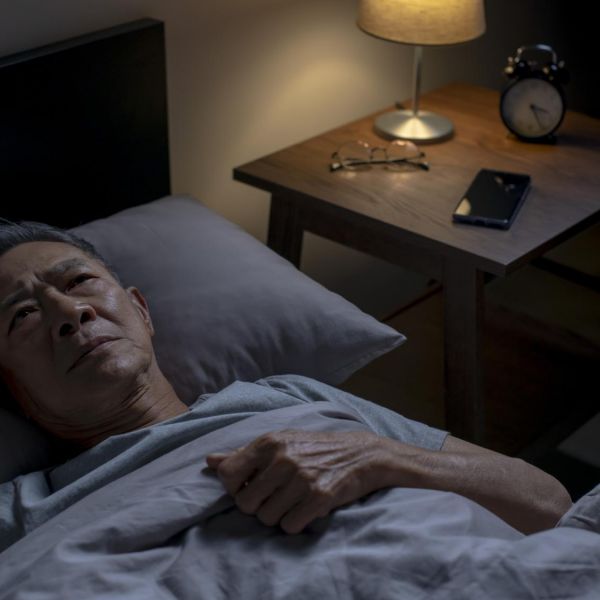
Apr 17, 2025
Insomnia and sleep medication use connected to disability in older adults
Increases in insomnia were followed by increased risk of movement and self-care disabilities, according to a new study by researchers at Penn State.
Full Article
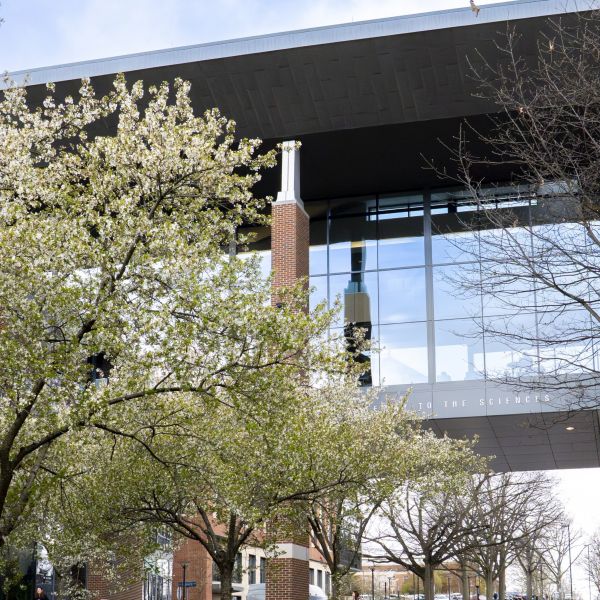
Apr 16, 2025
Bridge funding available to address unexpected short-term gaps
The Huck Institutes of the Life Sciences is currently offering limited, short-term “Bridge Funding” to address immediate and unexpected funding gaps impacting ongoing research projects.
Full Article

Apr 16, 2025
Foraging on the wing: How can ecologically similar birds live together?
New study uses modern molecular and evolutionary techniques to reassess a foundational, 67-year-old study in warblers.
Full Article

Apr 15, 2025
Immune system proteins involved in severe parasitic disease identified
New insights into the mechanisms that cause more severe cases of schistosomiasis — a disease caused by parasitic worms and second only to malaria in terms of potential harm — have been revealed by researchers at Penn State.
Full Article
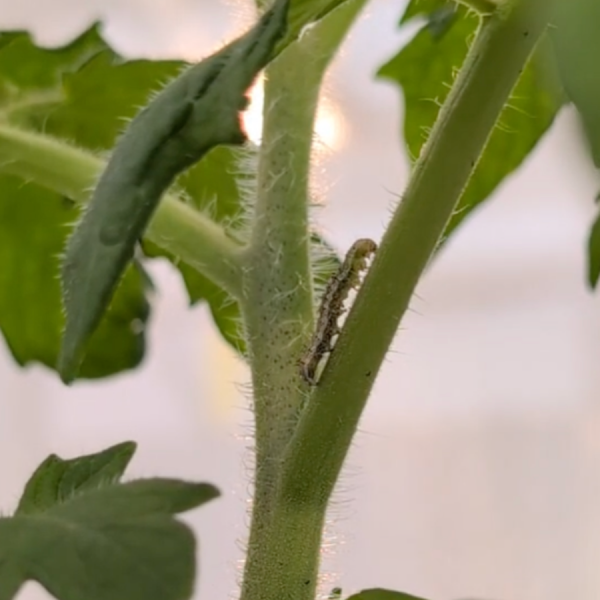
Apr 15, 2025
Feeling salty? Increased salt stress reduces tomato pest activity
Increased soil salinity can reduce damage from prominent tomato pests such as the tomato fruitworm, according to researchers at Penn State. They published their findings in the Journal of Plant, Cell and Environment.
Full Article
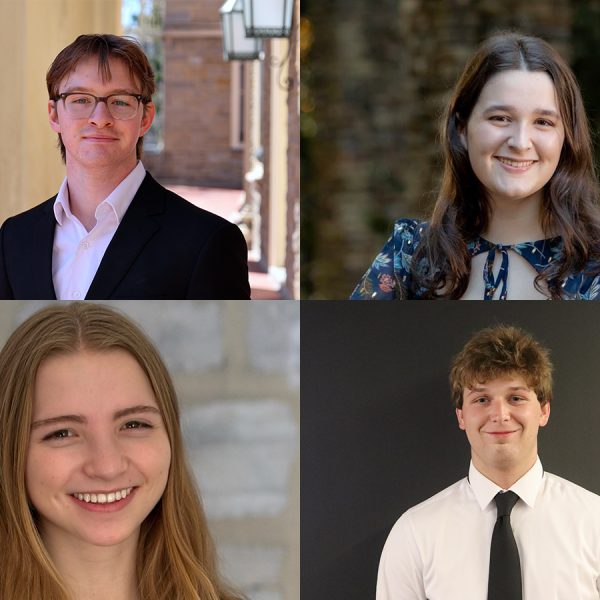
Apr 15, 2025
Four Penn State undergraduates earn Goldwater Scholarships
Four Penn State undergraduates were named Goldwater Scholars for 2025-26, based on their outstanding academic merit and research experience. Goldwater Scholars are selected for their potential as leaders in the fields of natural sciences, mathematics and engineering.
Full Article

Apr 14, 2025
Grozinger appointed to National Academies committee to study insect declines in North America
Huck Institutes director Christina Grozinger has been appointed to the National Academies of Sciences, Engineering, and Medicine’s Committee on the Status of Insects in North America.
Full Article
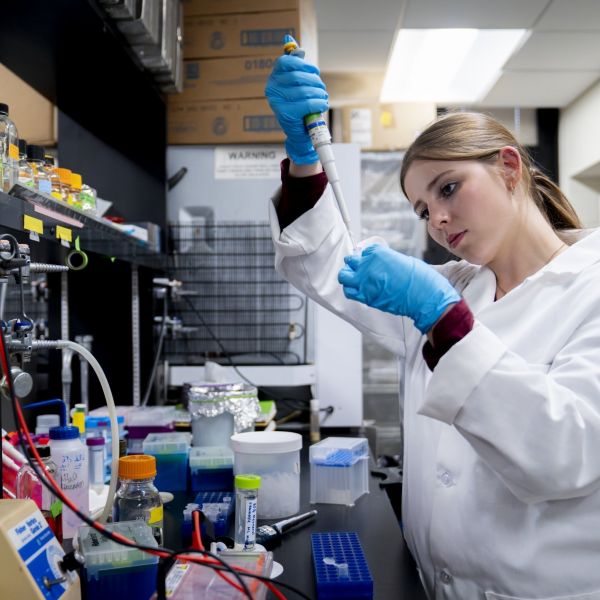
Apr 10, 2025
Graduating senior reflects on undergraduate research experiences at Penn State
Maria Lovallo is a Penn State undergrad from Spring Mills, PA, majoring in Microbiology with a minor in Plant Pathology & Environmental Microbiology. She is also a teaching assistant in Biochemistry and Molecular Biology, and a member of the Huck Institutes’ One Health Microbiome Center.
Full Article

Apr 09, 2025
Postdoctoral training series assists scholars seeking fellowships
Three free sessions cover funding mechanisms, strategies for crafting effective proposals, and feedback to strengthen current fellowship applications.
Full Article
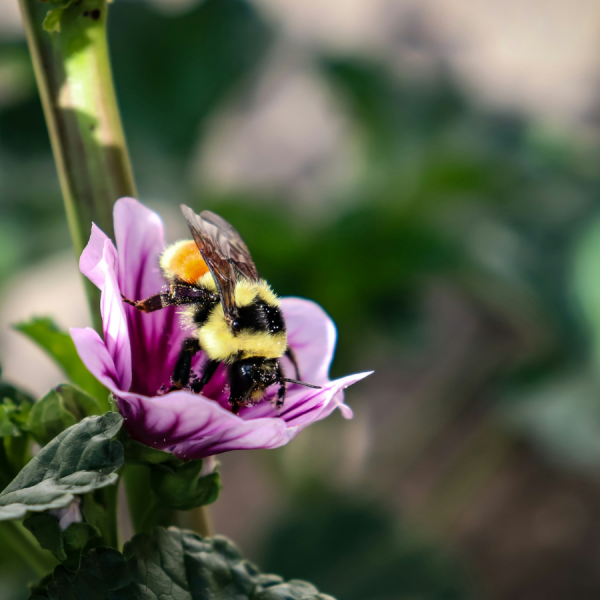
Apr 09, 2025
Even sublethal insecticide dose may disrupt pollinator mating process
Insecticides can help protect crops against troublesome pests, but they also pose a risk for beneficial insects such as pollinators. A new study led by researchers at Penn State provided insight into how even sublethal doses of insecticides can negatively affect pollinators by disrupting the mating process.
Full Article